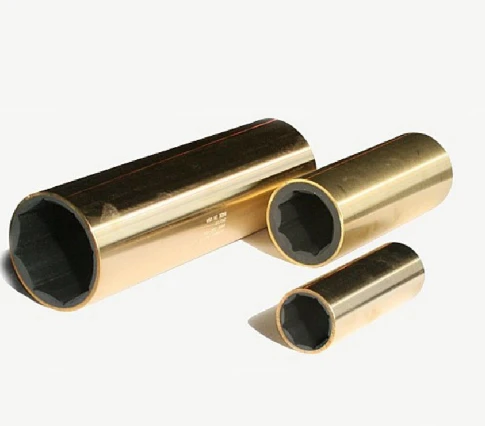replacing transmission pan gasket
Replacing a Transmission Pan Gasket A Step-by-Step Guide
A vehicle's transmission is one of the most important components, responsible for controlling the power generated by the engine and delivering it to the wheels. Over time, various parts of the transmission system can wear out, including the transmission pan gasket. A failing gasket can lead to fluid leaks, resulting in inadequate lubrication and potential transmission damage. This article will guide you through the process of replacing a transmission pan gasket, ensuring your vehicle runs smoothly and efficiently.
Understanding the Transmission Pan Gasket
The transmission pan gasket is a seal located between the transmission pan and the transmission case. It prevents transmission fluid from leaking out, which is vital for the proper functioning of your transmission. Signs of a failing gasket include puddles of transmission fluid underneath the vehicle, a slipping transmission, and unusual noises coming from the transmission area.
Tools and Materials Needed
Before you begin the replacement process, gather the following tools and materials
- Transmission pan gasket replacement kit - Socket wrench set - Screwdriver set - Torque wrench - Clean rags - Drain pan - Transmission fluid - Safety glasses and gloves
Step-by-Step Replacement Process
1. Prepare the Vehicle
Start by parking the vehicle on a level surface and engaging the parking brake. To ensure safety, always wear gloves and safety glasses. If you're working on a lift, make sure to support the vehicle securely.
2. Drain the Transmission Fluid
Place the drain pan under the transmission pan. Using a socket wrench, remove the bolts securing the transmission pan. Tilt the pan slightly to allow the fluid to drain completely into the drain pan. Once drained, set the pan aside.
replacing transmission pan gasket

3. Remove the Old Gasket
With the transmission pan removed, carefully scrape off the old gasket material from both the pan and the transmission case using a scraper or a putty knife. Make sure not to scratch the surfaces while doing this. Clean any remaining debris with a clean rag to ensure a good seal with the new gasket.
4. Install the New Gasket
Position the new gasket onto the transmission pan. Some gaskets come with adhesive to hold them in place, while others require no adhesive at all. Make sure that the gasket is aligned properly and seated evenly.
5. Reattach the Transmission Pan
Once the new gasket is in place, carefully lift the transmission pan back into position. Align the bolt holes and thread the bolts by hand initially to prevent cross-threading. Once all bolts are in place, use a torque wrench to tighten them according to the manufacturer's specifications. This is crucial to prevent leaks due to uneven tightening.
6. Refill Transmission Fluid
After securely reassembling the transmission pan, it’s time to refill the transmission fluid. Consult your owner’s manual for the correct type and amount of transmission fluid needed. Remove the transmission dipstick tube or fill hole plug, and use a funnel to pour in the new fluid. Check the level with the dipstick and add fluid until it reaches the appropriate level.
7. Check for Leaks
Start the vehicle and allow it to run for a few minutes. Shift through the gears to circulate the new fluid. Afterward, check underneath the vehicle for any signs of leaking. If there are no leaks, you’ve successfully replaced your transmission pan gasket!
Conclusion
Replacing a transmission pan gasket is an essential maintenance task that can save you from costly repairs down the line. By following these steps, you can ensure your vehicle's transmission remains in good working condition. Remember that regular checks and maintenance of your vehicle are crucial for its longevity and performance. If you're unsure about any step in the process or lack the necessary tools, consult with a professional mechanic for assistance. Safe driving!
-
Understanding Automotive Oil Seals: Essential Components for Engine and Shaft Protection
News Jul.30,2025
-
The Importance of Heavy Duty Seals in Industrial and Residential Applications
News Jul.30,2025
-
Exploring Industrial Oil Seals: From Felt Oil Seals to TTO and CFW Solutions
News Jul.30,2025
-
Essential Guide to Oil Seals: From Radial to Metal-Cased Seals for Industrial Reliability
News Jul.30,2025
-
Choosing the Right Oil Seals and Gaskets for Industrial and Automotive Applications
News Jul.30,2025
-
Cassette Seals: Durable Sealing Solutions for Harsh Environments
News Jul.30,2025
-
Understanding the Front Main Engine Seal: Purpose, Maintenance, and Installation
News Jul.29,2025
Products categories















